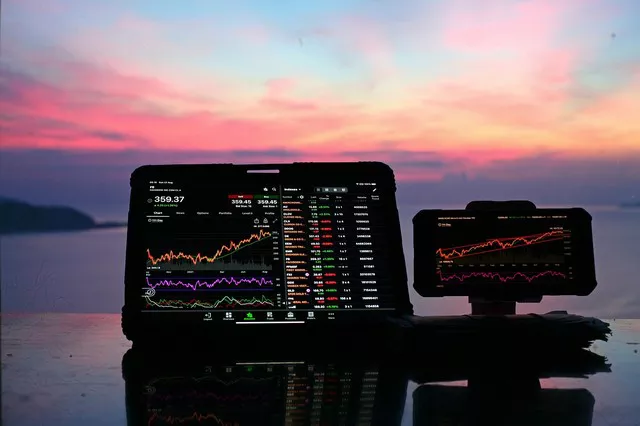Introduction
Nasdaq futures, traded on the Nasdaq Futures Exchange (NFX), offer investors the opportunity to gain exposure to the performance of the Nasdaq Composite Index, one of the most widely followed benchmarks of the U.S. stock market. Trading Nasdaq futures can be an integral part of a diversified investment strategy, allowing investors to hedge risk, speculate on market movements, and capitalize on trading opportunities. In this comprehensive guide, we will delve into the intricacies of trading Nasdaq futures, covering everything from understanding the contract specifications to implementing trading strategies.
Understanding Nasdaq Futures
Before diving into the mechanics of trading Nasdaq futures, it’s crucial to understand what futures contracts are and how they differ from other financial instruments. Futures contracts are standardized agreements to buy or sell an underlying asset at a predetermined price on a specified date in the future. Nasdaq futures specifically track the performance of the Nasdaq Composite Index, which comprises a diverse set of technology, biotechnology, and internet-related stocks.
Contract Specifications
Nasdaq futures contracts have specific characteristics that traders must understand before engaging in trading activities. These include the contract size, tick size, tick value, and expiration dates. The contract size for Nasdaq futures is typically based on the cash value of the underlying index, with each point movement representing a certain dollar value. Traders should also be aware of the trading hours and margin requirements associated with Nasdaq futures contracts.
Factors Affecting Nasdaq Futures Prices
Several factors influence the price movements of Nasdaq futures, ranging from macroeconomic indicators to company-specific news. Understanding these factors is essential for formulating effective trading strategies and managing risk. Key drivers of Nasdaq futures prices include interest rates, economic growth prospects, corporate earnings, and geopolitical events. Traders should stay informed about market developments and continuously assess their impact on Nasdaq futures prices.
Technical Analysis
Technical analysis is a popular approach used by traders to analyze price charts and identify potential trading opportunities. Common technical indicators for analyzing Nasdaq futures include moving averages, relative strength index (RSI), stochastic oscillators, and Fibonacci retracements. By studying historical price data and chart patterns, traders can develop insights into market trends and make informed trading decisions.
Fundamental Analysis
In addition to technical analysis, fundamental analysis plays a crucial role in trading Nasdaq futures. Fundamental factors such as earnings reports, economic data releases, and geopolitical developments can significantly impact the direction of Nasdaq futures prices. Traders should keep abreast of relevant news and information that may influence market sentiment and investor confidence.
Trading Strategies
Numerous trading strategies can be employed when trading Nasdaq futures, depending on individual risk tolerance, investment objectives, and market conditions. Some common strategies include trend following, mean reversion, breakout trading, and volatility trading. Each strategy has its advantages and drawbacks, and traders should carefully evaluate their suitability based on their trading style and market outlook.
Risk Management
Risk management is an integral aspect of successful futures trading and involves the implementation of strategies to mitigate potential losses. Traders can employ various risk management techniques, such as setting stop-loss orders, diversifying their portfolio, and managing position sizes. By adhering to strict risk management principles, traders can protect their capital and preserve their trading account over the long term.
Psychology of Trading
The psychology of trading plays a significant role in determining success in the financial markets. Emotions such as fear, greed, and overconfidence can cloud judgment and lead to impulsive decision-making. It’s essential for traders to cultivate discipline, patience, and emotional resilience to navigate the ups and downs of the market successfully. Developing a robust trading plan and sticking to it can help traders overcome psychological biases and stay focused on their long-term goals.
Conclusion
Trading Nasdaq futures offers investors a diverse range of opportunities to profit from the movements of one of the most dynamic segments of the U.S. stock market. By understanding the fundamentals of Nasdaq futures, conducting thorough analysis, implementing effective trading strategies, and managing risk prudently, traders can enhance their chances of success in this exciting and dynamic market. As with any form of trading, continuous learning, adaptability, and discipline are key to achieving sustainable returns over time.


